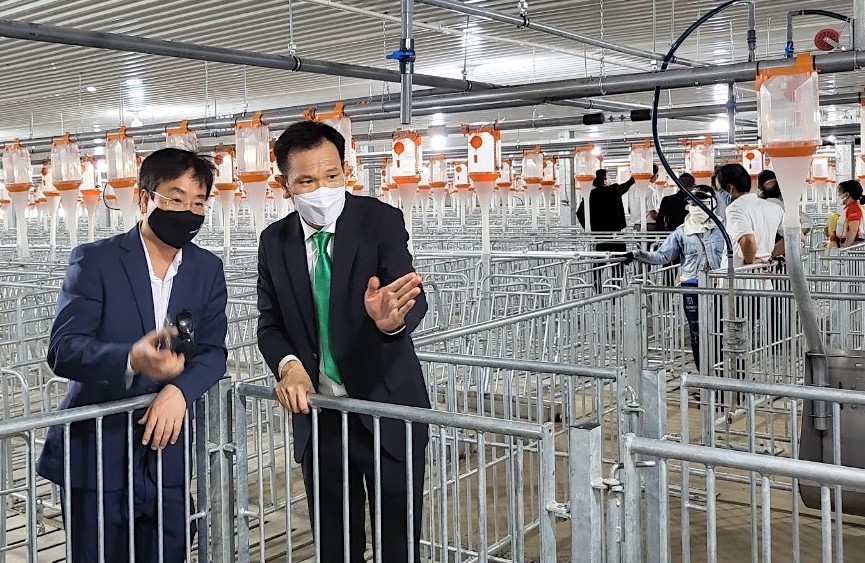What will be the catalyst for BAF's profit growth?
BAF Vietnam Agriculture JSC (HoSE: BAF) will be able to raise its gross profit margin by switching to a retail distribution channel and operating the livestock division under the closed 3F model.

In 2021, BAF owns a system of 16 pig and breeding pig farms with a total herd of up to 130 thousand heads, placing it among the top five live pig producers in Vietnam.
Business performance in 2021
In 2021, BAF owns a system of 16 pig and breeding pig farms with a total herd of up to 130 thousand heads, placing it among the top five live pig producers in Vietnam (in terms of the total herd). The company is implementing a new pig farming model 4.0, utilizing high-tech acquired from Europe, in order to grab 8-10% of the pork market share and place itself among the top three breeding and food processing companies in Vietnam by 2030.
Despite the COVID-19 pandemic, BAF had a strong financial year in 2021, with net income of VND 10,435 billion, primarily from agribusiness and livestock operations. In 2021, the number of pigs sold increased by more than 2.3 times over the previous year, bringing earnings from the livestock industry to VND 763 billion (79 percent YoY). BAF's gross profit margin increased 3.2 percentage points to 4.7 percent in 2020 as a result of its livestock-focused approach (in which the gross profit margin of the livestock segment was up to 36 percent ). The net profit of BAF was VND 322 billion, up 703% year on year.
The 3F chain's sturdiness
The gross profit margin of BAF's pig farming segment changed from 35 percent to 39 percent in reaction to "escalating" feed prices caused by the Russia-Ukraine crisis for the following reasons:
First, BAF is a significant trader of animal feed components and has three bran production units with a combined capacity of 460 thousand tons per year (mostly for internal consumption). First and foremost, the company could obtain input materials at fair and consistent pricing in Vietnam. As a result, the cost of bran (feeds) for BAF is expected to be 10-15% less than the market price.
Second, BAF is using a 4.0 technology-based farm model to boost piglet productivity and cut expenses.
Third, instead of selling live pigs to dealers, BAF slaughters and sells branded pork products directly to customers at prices ranging from 50,000 to 200,000 VND/kg.

Prices for hogs will be more consistent
The reopening of restaurants, schools, and factories, as well as the fact that Vietnam has entered a "new normal", are expected to raise pork consumption in 2022, according to PHS.
According to the Organization for Economic Cooperation and Development (OECD), by 2022, Vietnam would have risen to second place in Asia in terms of pork consumption, with 3.4 million tons in 2022 and a CAGR of 3.1 percent from 2022 to 2030. Meanwhile, if the African swine fever outbreak leads the pig herd to be destroyed, and the price of feed has increased, many farmers may be hesitant to re-herd. Prices for live hogs are expected to return to the previous range.
Valuation and suggestion
Because BAF reduces the amount of agricultural products and shifts to the livestock category, PHS predicts its net revenue to be VND 6,019 billion in 2022, down 42 percent YoY. The change to a retail distribution channel and the operation of the livestock section under the closed 3F model would boost BAF's gross profit margin to 10.2 percent, up 5.5 percentage points from 2021. The net profit of BAF might reach VND 405 billion, up 26% year on year.
"Using the DCF and P/E valuation techniques, the fair price for BAF stock is around 76,000 VND/share, up 23 percent compared to the present price," PHS noted.
BAF, on the other hand, has experienced several concerns, including conglomerate risk, high debt risk, risks particular to the livestock business, and share dilution risk.








